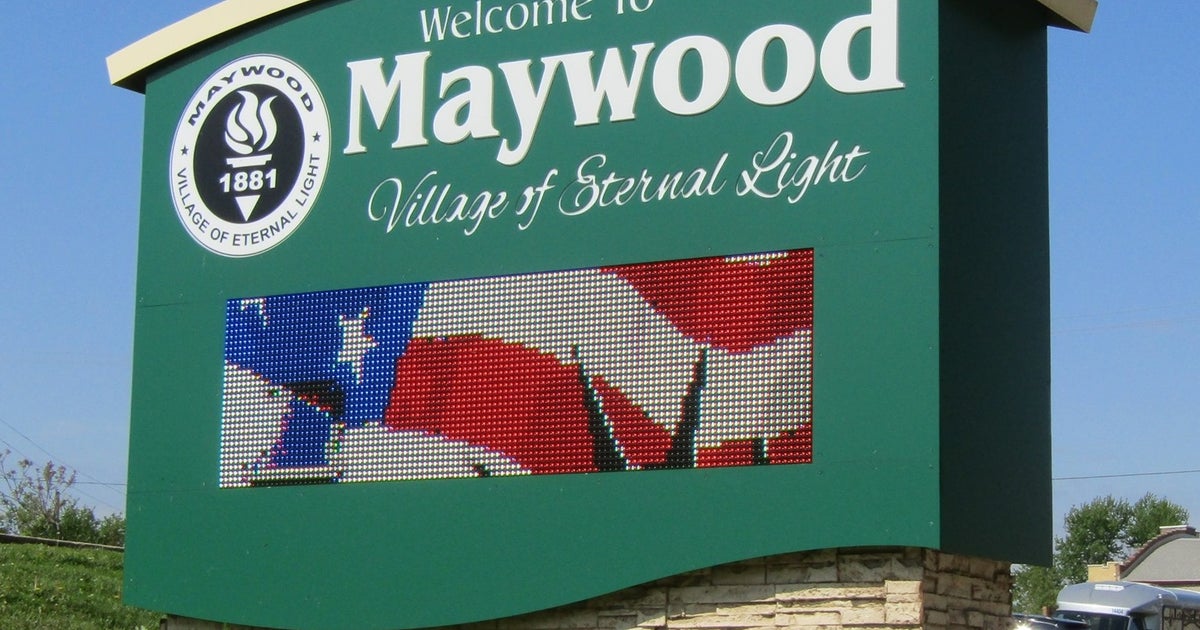Researchers move closer to peanut allergy cure
Scientists say they have taken a major step forward in finding a cure for peanut allergies.
A new study, published in the journal The Lancet Child and Adolescent Health, finds that a new therapy being used to treat peanut allergies has kept patients from experiencing an allergic reaction to peanuts over a four-year period.
The report was a follow-up to a previous study that found a combination of probiotics and peanut protein significantly increased tolerance to peanuts in children who were allergic.
Currently, there is no cure for food allergies, which are on the rise in the U.S. and around the world.
According to the Centers for Disease Control and Prevention, food allergies among children in this country increased approximately 50 percent between 1997 and 2011. The number of children with peanut allergies specifically more than tripled to 1.4 percent of kids in 2008, up from 0.4 percent in 1997, a 2010 study from the Mount Sinai School of Medicine found.
Food allergies result in 200,000 emergency room visits each year, according to the advocacy group Food Allergy Research and Education (FARE) and are the leading cause of anaphylaxis, a potentially life-threatening reaction that disrupts breathing and causes a sudden drop in blood pressure.
Experts say food allergies have a major impact on quality of life for both children and their families.
"Patients and families must be constantly vigilant about what they eat," Mimi Tang, of the Murdoch Children's Research Institute in Melbourne, and lead researcher of The Lancet study, told CBS News. "They are constantly worried about the possibility of having a life-threatening allergic reaction, and they remain in constant fear of potentially dying from a serious allergic reaction, although this is very unlikely."
In the initial study, Tang and her team tested the effectiveness of the combination treatment in 56 children with peanut allergies. Some of the children were given the probiotic Lactobacillus rhamnosus in conjunction with a small, carefully controlled dose of peanut protein every day for 18 months. The other group of kids received a placebo.
At the end of the study period, 82 percent of the children who received the study treatment gained tolerance to peanuts compared to only 4 percent of children in the placebo group.
For the latest study, the researchers followed up with 48 of these children four years after stopping the treatment to see if the effects lasted long-term.
"We found that most of the children who had gained initial tolerance following the treatment were still eating peanuts four years later," Tang said. "This is a major step forward in the way we might treat food allergy, as our findings suggest that tolerance is a realistic target to aim for when developing treatments for food allergy."
No other food allergy treatment in development has been shown to do this effectively in a large proportion of treated subjects, Tang points out.
In an accompanying editorial, Matthew Greenhawt of the department of pediatrics at the University of Colorado School of Medicine calls the therapeutic effect seen in the studies "remarkable."
"The broader context of what these findings potentially represent is a demonstration of true tolerance, whereby patients could mimic the eating habits of non-allergic individuals," he wrote.
However, he notes the study is limited due to its small sample size, and says the research needs to be replicated in future studies.
Tang says she and her team are already running follow-up research across three sites in Australia. However, even if successful, the treatment will not be available for most patients and doctors for at least another five to 10 years.
Still, she says it looks promising that a cure for peanut allergies may be on the horizon.
"There is hope for a new food allergy treatment that can induce tolerance, which will allow children to incorporate peanut into their diets," she said.




